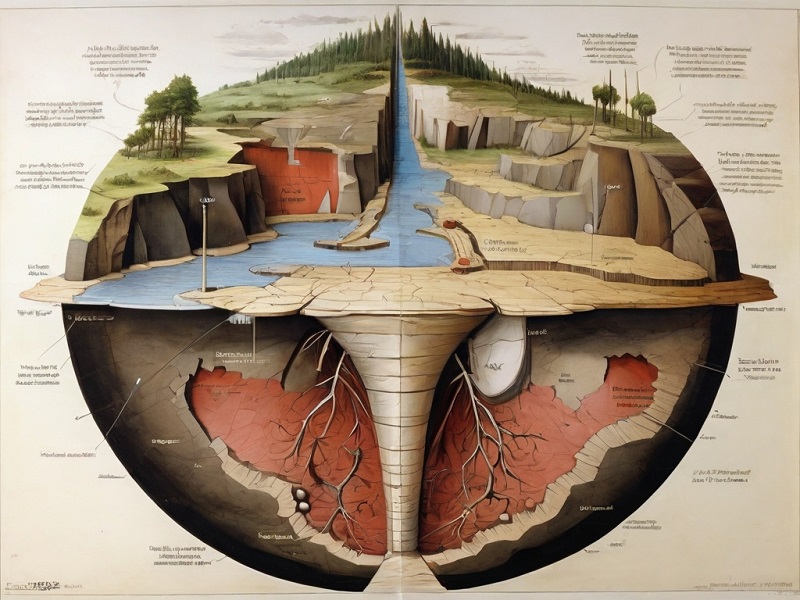
Difference Between Piles and Fissure, Piles Fistula Clinic
Understanding the Differences for Effective Treatment
Piles and fissures are common anorectal conditions that can cause discomfort and impact daily life. It's crucial to recognize the differences between these conditions to ensure proper diagnosis and tailored treatment. In this comprehensive guide, PilesFistulaClinic sheds light on the distinctions between piles (haemorrhoids) and fissures, helping individuals make informed decisions about their health.
Understanding Piles (Hemorrhoids)
Definition and Causes
Explore the definition of piles and the various factors that contribute to their development, including constipation, straining during bowel movements, and prolonged sitting. Kashar Sutra Course in UP
Symptoms of Piles
Explore the typical signs linked to piles, including bleeding during bowel movements, itching, and the existence of lumps or swelling around the anal area.
Types of Piles
Learn about the different types of piles, including internal and external piles, and understand how the location influences symptoms and treatment approaches.
Section 2: Understanding Anal Fissures
Definition and Causes
Define anal fissures and delve into the causes, which often include trauma during bowel movements, chronic constipation, or conditions that affect the anal canal.
Symptoms of Anal Fissures
Explore the distinctive symptoms of anal fissures, such as sharp pain during bowel movements, bleeding, and the presence of a small tear or crack in the anal lining.
Critical Differences Between Piles and Fissures
Location and Appearance
Understand how the physical location of the condition distinguishes piles from fissures. Piles typically involve swollen blood vessels, while fissures manifest as tears in the anal lining.
Symptoms and Pain Level
Compare the symptoms of piles and fissures, emphasizing the varying degrees of pain. While piles may cause discomfort, fissures often result in more intense, sharp pain during bowel movements.
Bleeding Patterns
Explore the bleeding patterns associated with piles and fissures. Piles often lead to bright red bleeding during bowel movements, whereas fissures may cause bleeding and spotting on the toilet paper.
Diagnosing Piles and Fissures
Medical Examination
Learn about the diagnostic procedures used by healthcare professionals to identify piles and fissures, including visual inspection, digital rectal examination, and, in some cases, colonoscopy.
Treatment Approaches
Lifestyle Changes
Explore lifestyle modifications, dietary adjustments, and proper hygiene practices that can help manage and prevent both piles and fissures.
Medical Interventions
Delve into the medical interventions available for piles and fissures, including over-the-counter medications, topical creams, and, in severe cases, surgical procedures.
Seeking Professional Help at PilesFistulaClinic
Specialized Care
Understand the importance of seeking specialized care at PilesFistulaClinic, where experienced healthcare professionals tailor treatment plans to individual needs.
Conclusion: Empowering Health Decisions
In conclusion, recognizing the differences between piles and fissures is crucial for seeking timely and effective treatment. With the expertise and personalized care available at PilesFistulaClinic, individuals can navigate these anorectal conditions with confidence, ensuring a path to optimal health and well-being. Don't let piles or fissures hinder your quality of life – empower yourself with knowledge and take proactive steps toward comprehensive care.
Frequently Asked Questions (FAQs) - Understanding the Difference Between Piles and Fissures
What are piles, and what causes their development?
Piles, commonly known as haemorrhoids, manifest when blood vessels in the anal and rectal areas undergo swelling. Contributing factors to this condition may involve instances of constipation, exertion during bowel movements, and prolonged periods of sitting. Hemorrhoids Treatment in Ghaziabad
What are the typical symptoms of piles?
Symptoms of piles may include bleeding during bowel movements, itching, and the presence of lumps or swelling around the anus.
Can you explain the types of piles and their characteristics?
Piles can be internal or external. Internal piles are inside the rectum, while external piles are outside the anus. The type influences symptoms and treatment approaches.
What defines anal fissures, and what leads to their development?
Anal fissures refer to tiny tears or cracks in the lining of the anus. They often result from trauma during bowel movements, chronic constipation, or conditions affecting the anal canal.
How do the symptoms of anal fissures differ from those of piles?
Anal fissure symptoms include sharp pain during bowel movements, bleeding, and the presence of a small tear or crack in the anal lining.
What distinguishes piles from fissures in terms of pain level?
While piles may cause discomfort, fissures often result in more intense, sharp pain during bowel movements.
Can you explain the bleeding patterns associated with piles and fissures?
Piles typically lead to bright red bleeding during bowel movements, while fissures may cause bleeding and spotting on the toilet paper.
How do healthcare professionals diagnose piles and fissures?
Diagnosis involves visual inspection, digital rectal examination, and, in some cases, colonoscopy to identify the specific condition.
What lifestyle changes can help manage and prevent piles and fissures?
Lifestyle modifications, dietary adjustments, and proper hygiene practices are essential in managing and preventing both piles and fissures.
What medical interventions are available for the treatment of piles and fissures?
Medical interventions include over-the-counter medications, topical creams, and, in severe cases, surgical procedures. The choice depends on the severity of the condition.
